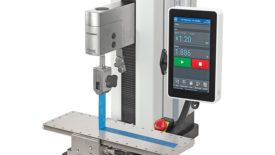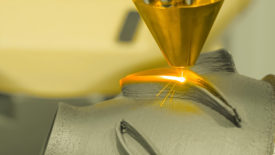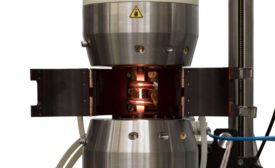Home » fatigue testing
Articles Tagged with ''fatigue testing''
NDT | Fatigue Testing
Equipment needs to be more intuitive and automated, making it easier to set up, control, and process test results without requiring expert skills.
Read More
Quality 101
Materials Testing: Getting It Right the First Time
Materials testing submits a material or product to a thorough, in-depth "check-up" to ensure overall quality.
January 31, 2024
NDT | Back 2 Basics
Methods for Cost-Effective Additive Inspection
Internal defects present the greatest lack of uncertainty and confidence when focusing on most AM parts.
September 26, 2023
NDT | Back 2 Basics
Gigacycle Fatigue Testing of Metals Using Ultrasonic Resonance
Fatigue testing is a well-known technique to help predict the long-term performance of materials.
August 15, 2023
NDT | Fatigue Testing
The Future of Fatigue Testing
Newer techniques are on the rise. As manufacturing evolves, so too does fatigue testing.
June 8, 2022
NDT | Compression Testing
Squeezing the Most Out of Compression Testing
The data derived from compression testers can be helpful throughout the life cycle of a product.
August 15, 2021
NDT
Fatigue Testing 101
A brief overview of the most common types of fatigue tests and where each is commonly used.
October 1, 2019
Bearing Properties: The Impact of Residual Stress and Retained Austenite
Regardless of a bearing’s intended use, it must be designed and manufactured to withstand difficult environments.
April 1, 2019
Setting Standards for Additively Manufactured Parts
To fulfill potential, additively manufactured parts must stand up to fatigue testing.
February 1, 2018
6 Popular Fatigue Test Applications
It’s used in applications ranging from dental implants to running shoes.
August 1, 2017
Stay in the know with Quality’s comprehensive coverage of
the manufacturing and metrology industries.
eNewsletter | Website | eMagazine
JOIN TODAY!Copyright ©2025. All Rights Reserved BNP Media.
Design, CMS, Hosting & Web Development :: ePublishing











